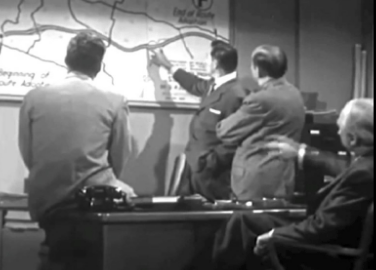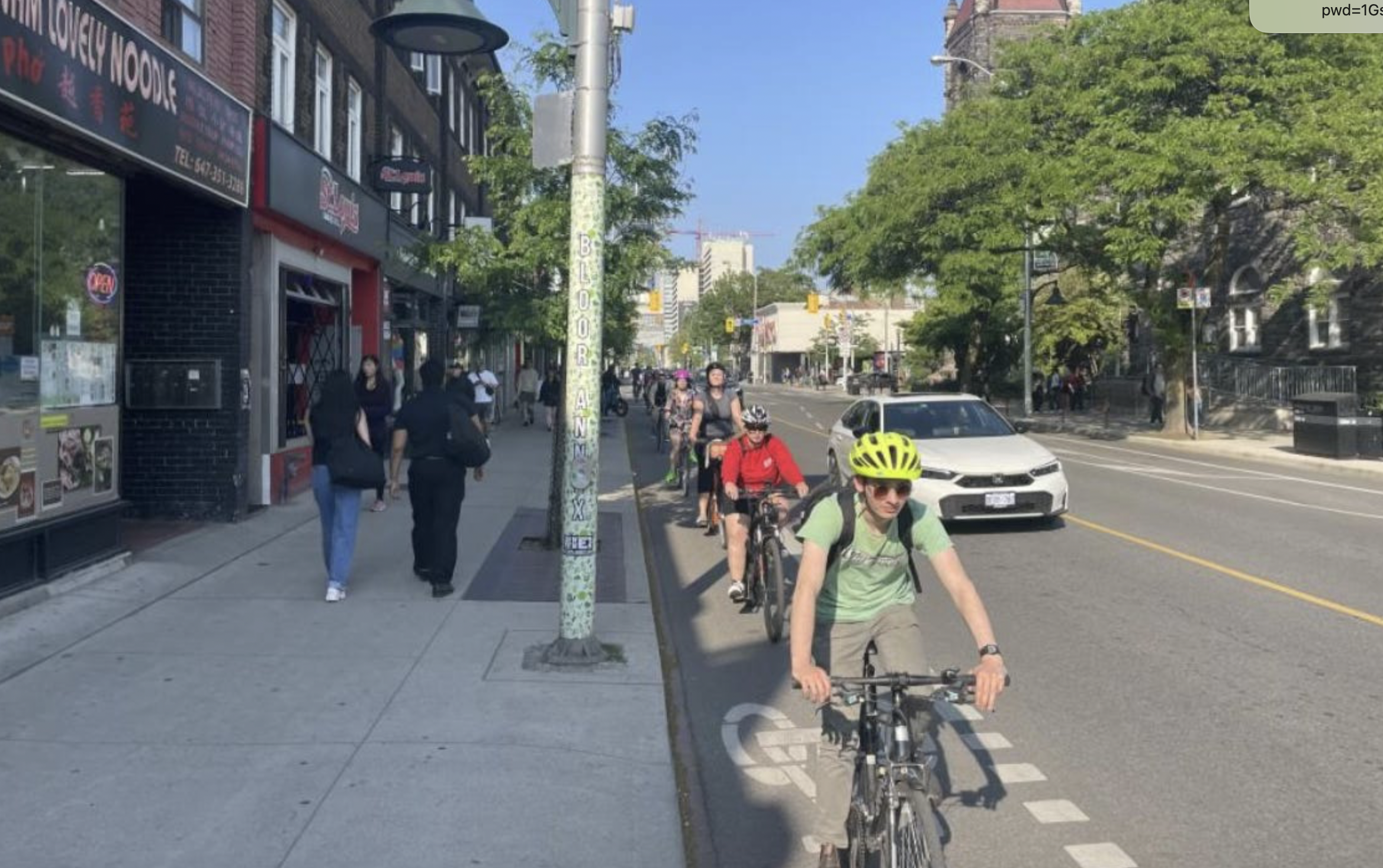The highway era is over. The construction of the Interstate Highway System is essentially complete.

Americans will continue to log lots of miles on highways, but for the most part, the job of building them is over. We've already connected the places worth connecting by highways.
The problem is that transportation agencies -- especially state DOTs -- haven't caught up. In their training, organizational structure, and policies, most state DOTs are still oriented around building highway capacity in a neverending quest to eliminate car congestion. Times have changed, but they have no grand new purpose.
In a recent editorial at NextCity, the Brookings Institution's Adie Tomer and Jeffrey Gutman argue that our institutions need a new framework to meet modern challenges:
For all the flaws under the post-World War II approach, reducing congestion was a clear governing principle. Now cities and regions need to go back to the drawing board and formalize new objectives. Is it designing denser communities that support shorter distances between places? Is it to improve the amount of regional jobs people can reach in a given timeframe? Is it removing the physical barriers that separate communities? Whatever the objectives might be, each community must define accessibility on its own terms.
Cities and regions will then need new ways to measure progress against those objectives. Decades of refinement led to an elegant system -- formally known as Level of Service (LOS) -- to evaluate roadway capacity and prioritize expansions. Delivering similarly powerful systems will require a whole new round of investments in data and software, plus brainstorming around new performance measures. This process is already underway in California, where the Office of Planning and Research is developing a performance measure based on vehicle miles traveled (VMT) to evaluate the environmental impacts from future real estate developments.
Implementing an access-first approach to transportation can be done, but it won’t be easy. Even with theorists pushing the concept for decades, cities and countries face real hurdles to move these ideas into practice. Formal guidebooks must be revised to reflect updated thinking. Political battles must be waged with actors looking to maintain the status quo, including developers who’ve already invested in land on the urban fringe. Urban planners must address persistent challenges around spatial mismatch, especially as it affects low-income households and their accessibility needs. Finally, regions will need to decide how to balance broadly shared economic benefits against fiscal realities, whether that’s upfront capital or long-term maintenance.
Other frameworks for assessing the success of transportation systems have gained momentum in recent years. University of Minnesota professor David Levinson, for instance, has been developing a way to measure access, or how easily people can get places, as opposed to how much traffic congestion they encounter. The Center for Neighborhood Technology has developed AllTransit, a tool to measure how well transit provides access to jobs and opportunity. And as Tomer and Gutman mention, California now measures traffic generation instead of vehicle delay, which could be a huge breakthrough for designing transportation systems where people take precedence over cars.
Unfortunately, U.S. DOT might further entrench the old paradigm with its proposed rules governing how states and regions measure congestion. Without strong leadership from the federal government, the enormous task of modernizing transportation agencies will be more difficult and slower.





